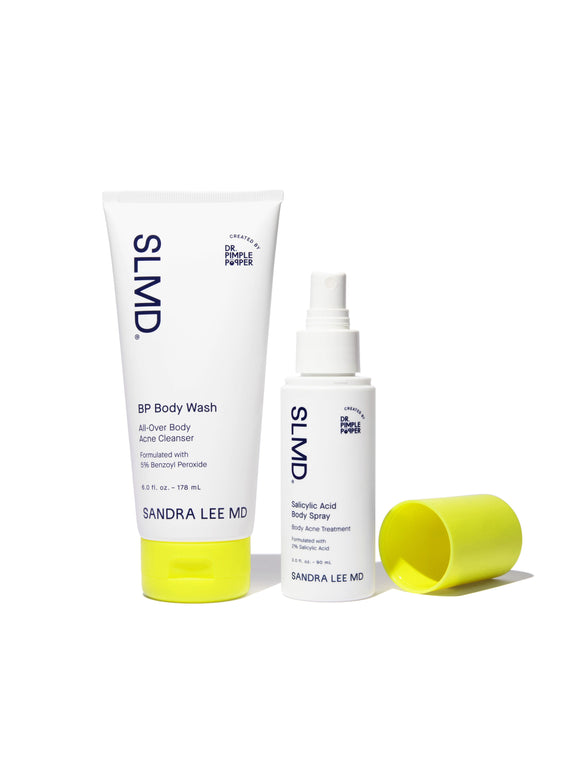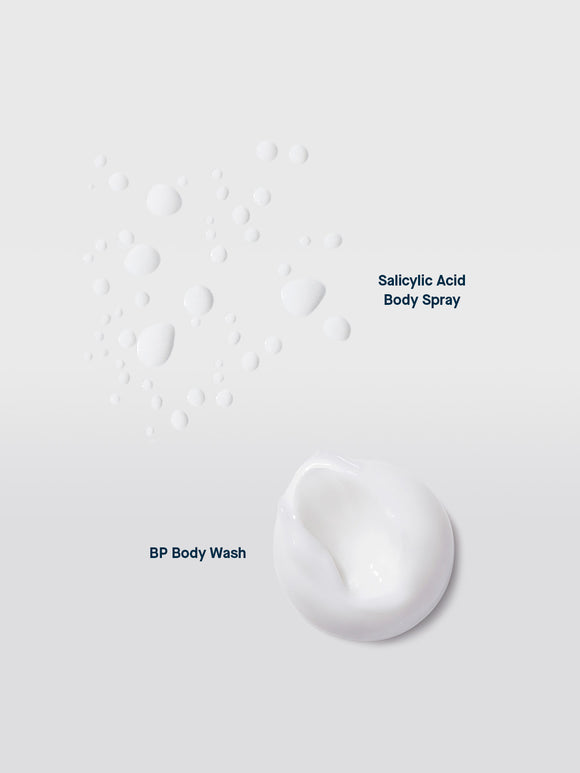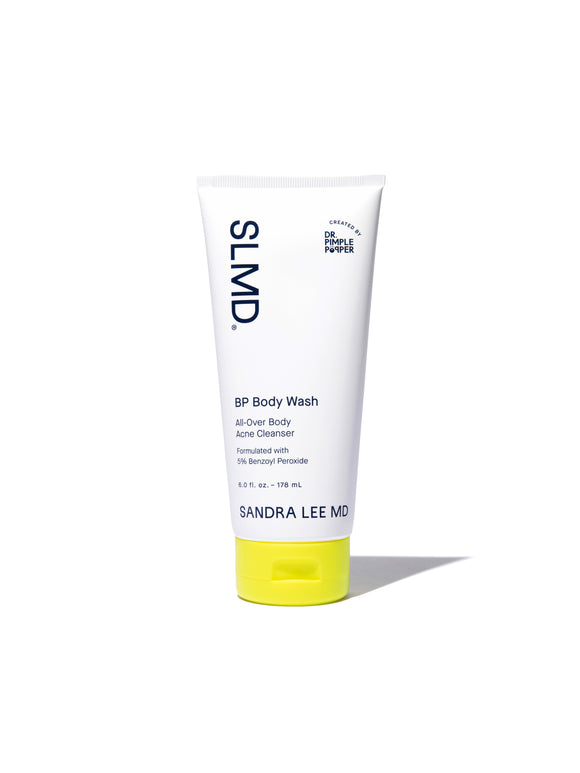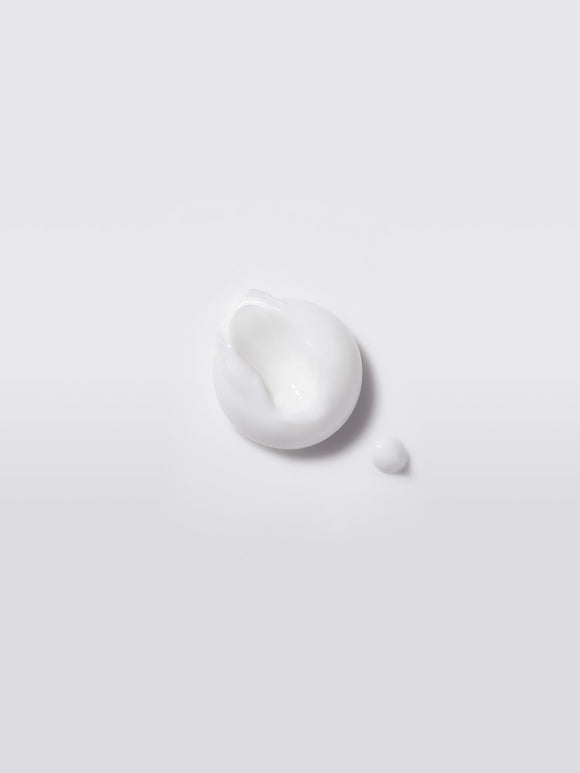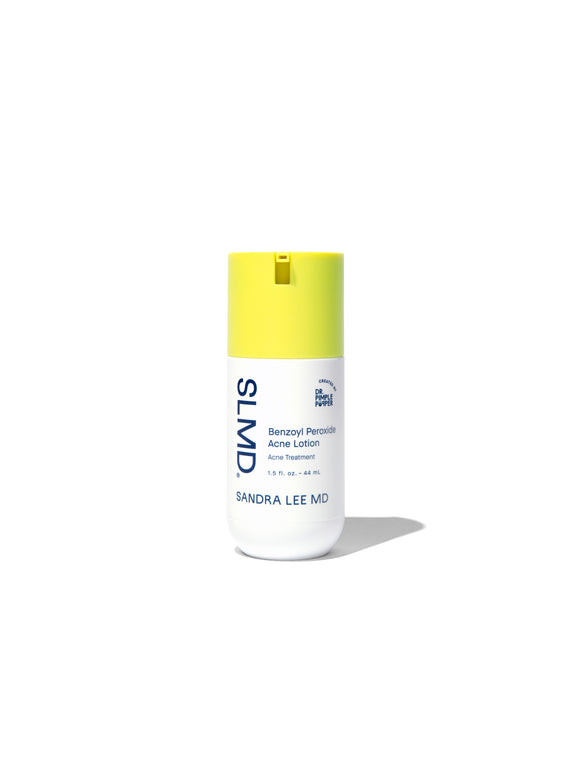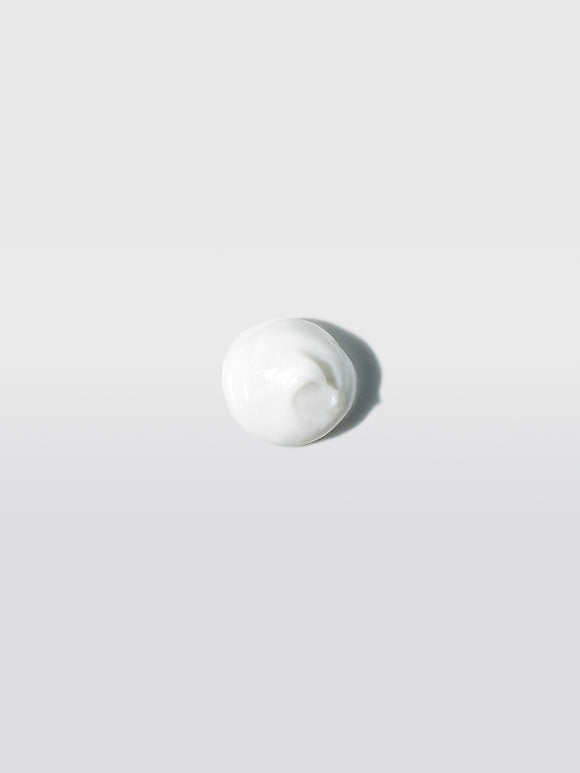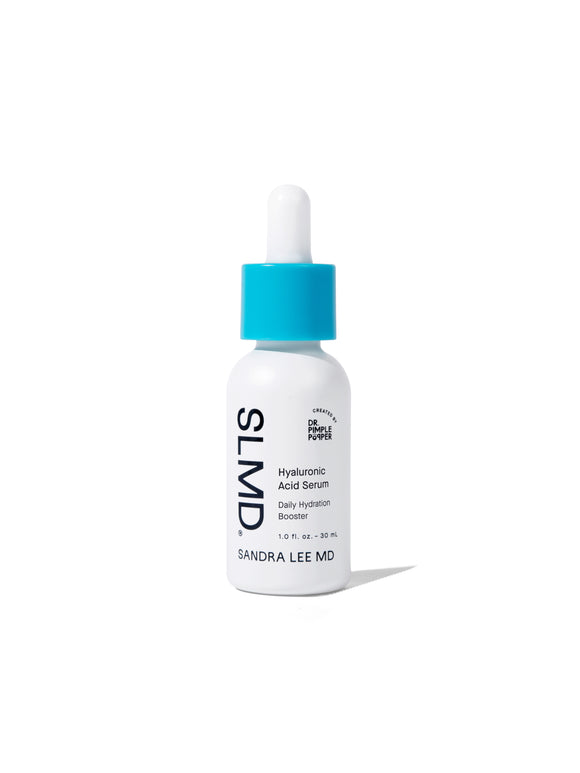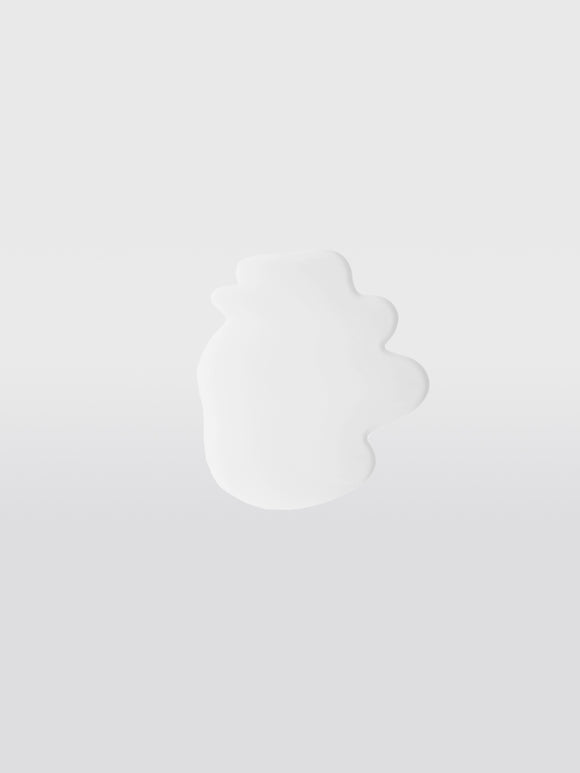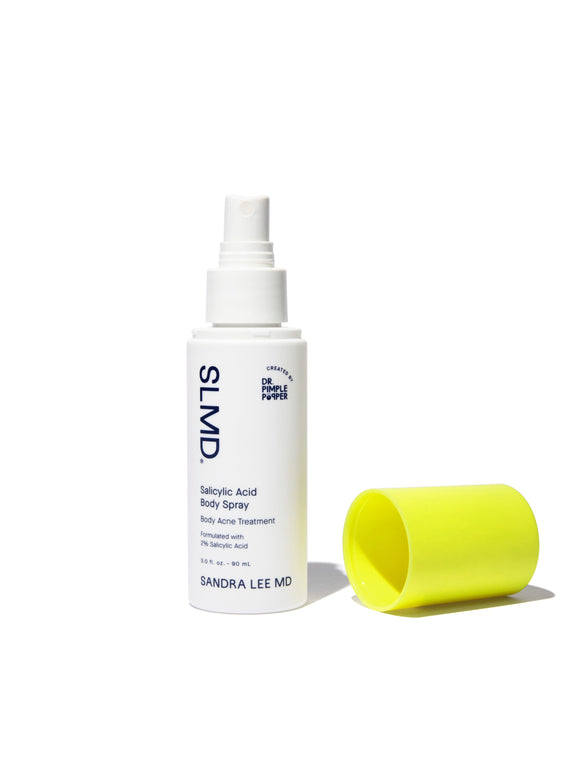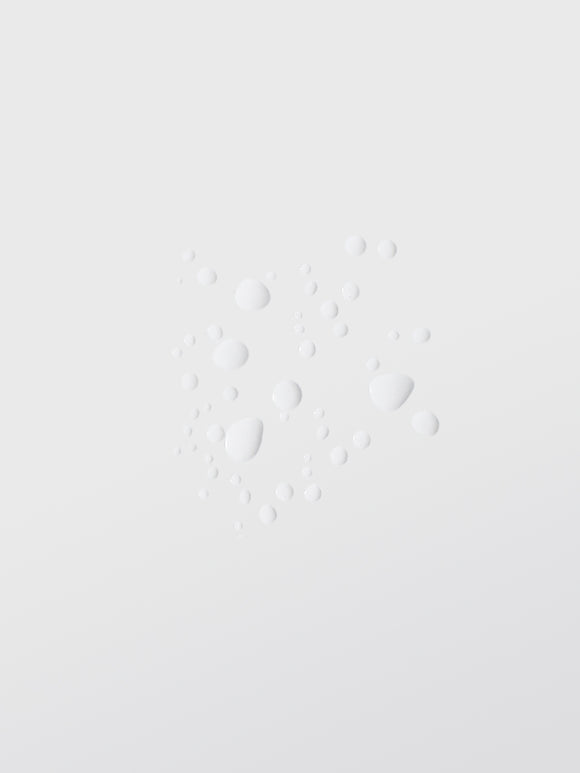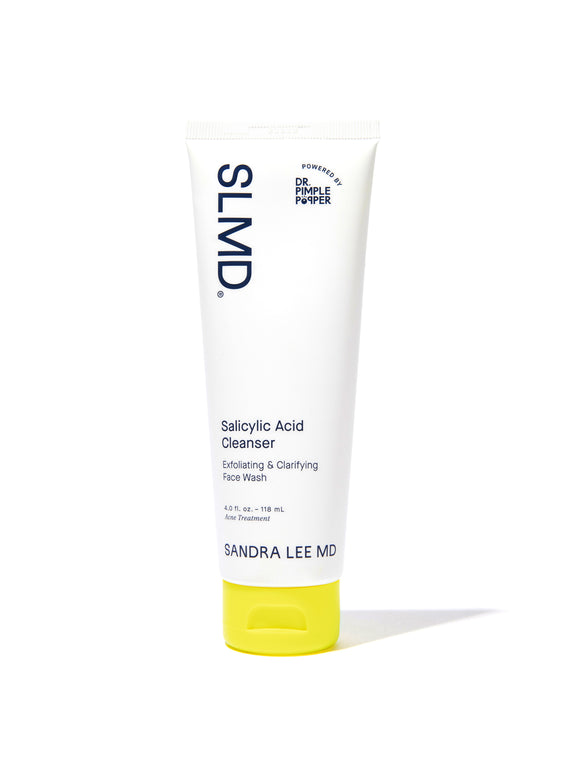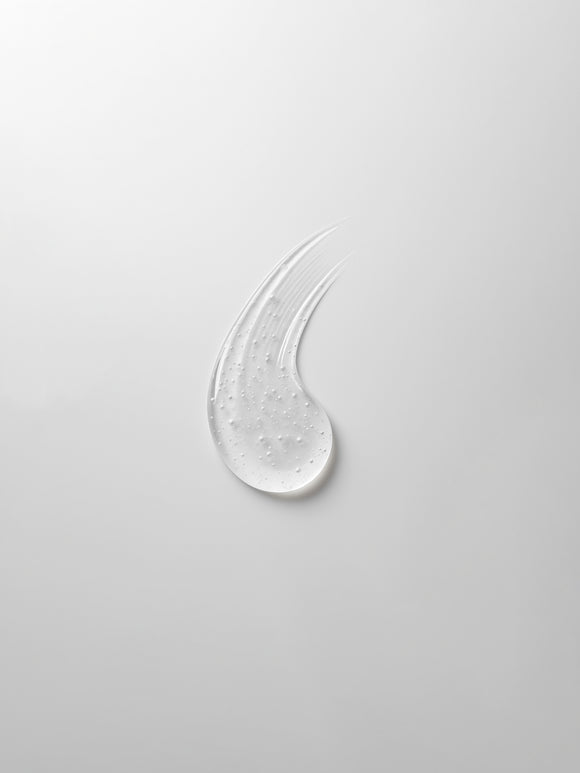
How Transitioning Affects Acne — And What to Do about It
Just about anyone who’s been through puberty (hello) knows that our skin is highly sensitive to changes in hormonal levels. So it’s no surprise that people who are transitioning with hormone therapy experience changes in their skin during (and after) the process.
So how does transitioning affect acne — and what’s the best way to treat transitioning skin? Though everyone’s process is unique, here’s a look at some of the most common changes that occur.
Published:
4 minute read
Just about anyone who’s been through puberty (hello) knows that our skin is highly sensitive to changes in hormonal levels. So it’s no surprise that people who are transitioning with hormone therapy experience changes in their skin during (and after) the process.
So how does transitioning affect acne — and what’s the best way to treat transitioning skin? Though everyone’s process is unique, here’s a look at some of the most common changes that occur.

How female to male transitioning impacts acne
Testosterone therapy causes numerous skin changes, including:
- Increased sebum production
- Larger pores
- Facial and body hair growth
Increased sebum production often results in acne, which typically peaks around 3 months, but can linger for a year or more. Testosterone therapy can also change the pattern of acne, with more breakouts around the jawline and forehead, plus body acne — especially on the chest and back.
Chest binding commonly brings on a bout of acne mechanica: a case of acne caused by friction and pressure that irritates the skin and breeds bacteria. Laundering the binding garment, taking breaks from wearing it, and frequent cleansing help keep the area clear.
Shaving can cause ingrown hairs and folliculitis — a bacterial or fungal hair follicle infection that resembles acne, and can lead to scarring in severe cases. It’s important to shave in the direction of the hair, clean the razor with alcohol after use, and avoid shaving active acne.
What’s the best skincare for trans men?
There are several key products that will help trans men keep their breakouts under control:
- Salicylic Acid: originally derived from willow bark, this beta hydroxy acid exfoliates the skin and penetrates pores to clear out acne causing dirt, oil and bacteria. Wash your face at least twice daily with a BHA product like SLMD Salicylic Acid Cleanser. To keep body breakouts at bay, try fan favorite Salicylic Body Spray, which can be used throughout the day — especially after sweating. Salicylic Acid Pimple Patches are great for treating inflamed pimples, and will keep you from picking.
- Benzoyl Peroxide: this powerful antimicrobial kills acne-causing bacteria and calms inflammation. For face, find it in SLMD Benzoyl Peroxide Acne Lotion, and for treating body breakouts, try BP Body Wash.
- Retinol: one of the most potent antioxidants, this vitamin A derivative speeds up cell turnover, which prevents the buildup of dead skin that contributes to acne. Apply a product like SLMD Retinol Resurfacing Serum only at night, and use sunscreen by day, since retinol makes skin more sun sensitive. Try lightweight Dual Defender SPF 30, which won’t clog pores.
- Moisturizer: don’t skip this important step, since acne treatments can be drying — but use a non-occlusive moisturizer that doesn't clog pores. SLMD Facial Moisturizer is specially-formulated with acne-prone skin in mind.
To help people stay on a consistent routine (the key to combating breakouts!) try the SLMD Acne System — available in both 30 and 60 day kits.
How male to female transitioning impacts acne
Transgender females can undergo several types of hormone therapy, including estrogen, progesterone, and androgen (testosterone) blockers. Elevating estrogen and/or progesterone and blocking testosterone affects the skin in several ways:
- Reduces sebum production
- Deposits more fat beneath the skin
- Reduces facial and body hair
Since oil production is integral to the formation of acne, the reduction in sebum means that many trans women experience drier skin that’s less acne prone.
What’s the best skincare for trans women?
The key to keeping skin healthy during any transitioning process is to maintain a consistent, nurturing routine. Here are some suggestions for trans women:
- Exfoliating treatment: most skin types benefit from regular exfoliation. SLMD AHA/BHA Swipes are pre-loaded pads packed with glycolic, salicylic and lactic acids, perfect for brightening dull skin and for keeping ingrown hairs at bay — since hormone therapy usually doesn’t completely stop facial hair growth.
- Hydrating moisturizer: increasing both hydration and moisture levels is key for trans women. SLMD Hyaluronic Acid Serum is a potent combination of hyaluronic acid (which can 1000x its weight in water) and squalane, a non comedogenic moisturizer that’s similar to skin’s own oils.
- Spot treatment: It’s still possible for trans women to experience breakouts. A targeted treatment like SLMD Salicylic Acid Spot Treatment helps shrink pimples while reducing redness and inflammation.
Should you see a dermatologist while transitioning?
With all of the changes happening during the transitioning process, skincare is often overlooked. But when breakouts become severe, they can cause scarring — and sometimes, they’re indicative of an underlying infection that actually isn’t acne. For persistent or severe skin conditions, it’s smart to see a dermatologist.
For cases of inflammatory acne, doctors can prescribe topical tretinoin, oral antibiotics like doxycycline, and in the most severe cases, oral isotretinoin, which does not interfere with testosterone therapy. However, due to the serious risks of side effects (including birth defects), patients taking isotretinoin must sign an agreement called iPLEDGE, which uses a gender-binary patient classification system that may be problematic for transitioning individuals.
In addition, isotretinoin hinders wound healing, so patients must be off the drug for 6-12 months before having any surgery.
Dr. Lee’s last word
Hormones have a profound effect on our skin — when they fluctuate, our sebum levels follow suit, and acne can follow. I tell all of my patients: consistency is key. Sticking to a well-curated skincare routine that uses dermatological ingredients will help keep your skin clear. If acne becomes severe and isn’t responding to your skincare, there are stronger alternatives we can try — so don’t hesitate to see your dermatologist.
—Dr. Sandra Lee





